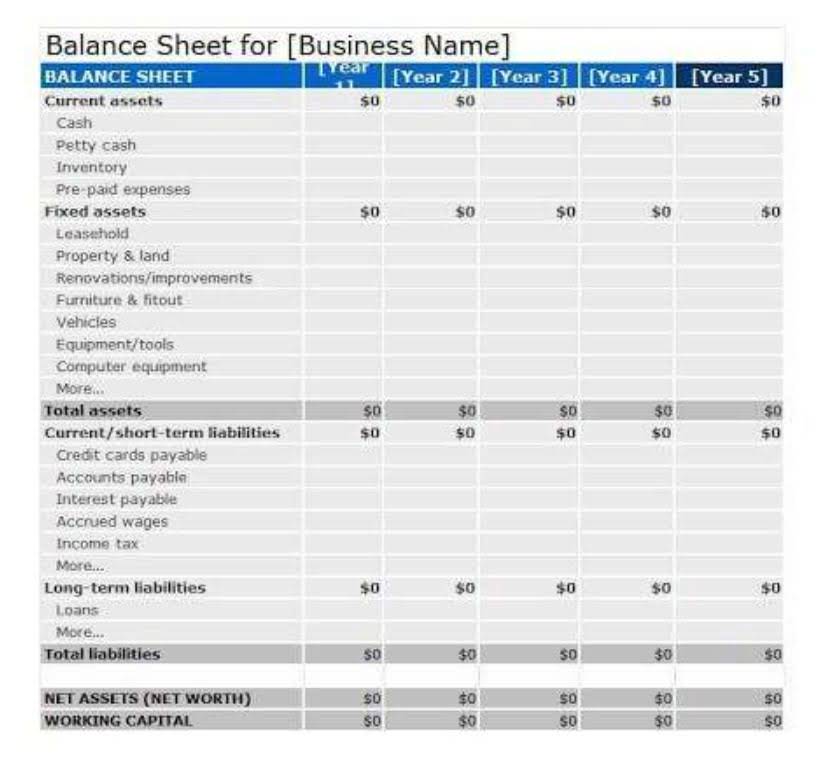
For instance, purchasing raw materials in bulk might result in discounts, thereby reducing the cost per unit. Similarly, streamlining production processes can also lead to decreased costs per item. Alternatively, advancements in technology or improved procurement strategies might lower the cost per unit, resulting in reduced variable costs. Regularly monitoring and adjusting to these shifts is crucial for maintaining profitability. This, in turn, will raise the cost per unit, leading to higher variable costs for businesses reliant on that material.
Variable Costs

While fixed costs offer variable cost predictability, variable costs, due to their dynamic nature, can either weigh down returns during active trading periods or save during passive phases. Differentiating between fixed and variable costs allows for efficient financial planning, as each has its implications on returns and financial stability. As you have seen, it’s important to keep a detailed record of your expenses so that you can plan ahead. Specifically, you need to distinguish between fixed and variable costs, as the second will always increase the more you produce. If your company makes multiple products, you can get an overall average by summing the average variable cost for each product and dividing it by the total number of products.
Packaging and Shipping Costs
These costs have a mix of costs tied to each unit of production and a fixed cost which will be incurred regardless of production volume. However, it’s essential to recognize that economies of scale can plateau. After reaching a certain production level, HVAC Bookkeeping the benefits might diminish, and variable costs may not decrease at the same rate. Economies of scale refer to the cost advantage that companies achieve when production becomes efficient, leading to a reduction in the cost per unit as production volume increases. The company faces the risk of loss if it produces less than 20,000 units. However, anything above this has limitless potential for yielding benefits for the company.

How to Calculate Variable Costs

You can then include the average for each expense in your monthly budget. Since we categorize costs as either fixed or variable, the combination of the two gives us total costs for various levels of production. Variable and fixed costs are key elements of break-even analysis, which helps businesses determine what they need to do or produce in order to make a profit on their initial investment. By deferring fixed costs in inventory, companies may reduce taxable income during periods of high production, aligning tax liabilities with cash flow. For example, the IRS mandates specific guidelines for inventory valuation, which companies must follow when applying absorption costing for tax purposes.

Common Misconceptions about Variable Costs
Under absorption costing, inventory values include all manufacturing costs, leading to higher valuations on the balance sheet. This method complies with GAAP and IFRS requirements, ensuring inventories reflect total production cost. Higher inventory values can enhance asset figures and improve financial ratios like the current ratio, which measures liquidity. The total variable cost for Company X is the sum of each product’s total variable cost – variable cost per unit multiplied by the number of units.
- Since variable costs are tied to output, lower production volume means fewer costs are incurred, which eases the cost pressure on a company — but fixed costs must still be paid regardless.
- Financial advisors bring to the table their expertise in investment strategies, tax planning, and wealth management.
- Fixed costs, on the other hand, do not fluctuate with the production levels.
- Variable costs represent a critical component of financial analysis and business decision making.
What is the difference between absorption costing and variable costing?
- Regularly monitoring and adjusting to these shifts is crucial for maintaining profitability.
- In addition, it is not any company’s responsibility to ensure all questions are answered.
- Notice that the piano company producing fewer pianos can decrease variable costs, but lower levels of production cannot decrease fixed costs.
- This means that variable costs could be decreased to zero or completely eliminated if production ceased.
- Such discrepancies can lead to miscalculations and unintended financial implications.
Understanding the nuances between variable and absorption costing is essential for businesses navigating financial reporting and decision-making. These two accounting methods differ in their treatment of fixed manufacturing costs, influencing profit measurement and inventory valuation. Fixed costs are not absolutely static, and can change; they are only fixed in that these changes are not correlated with production levels. There are also semi-variable costs, which are a more complex combination of variable and fixed.
Our work has been directly cited by organizations including Entrepreneur, Business Insider, Investopedia, Forbes, CNBC, and many others. Finance Strategists has an advertising relationship with some of the companies included on this website. We may earn a commission when you click on a link or make a purchase through the links on our site.
- Let us understand how to reduce the value on a variable costs calculator through the discussion below.
- Maintenance costs are a good example; maintenance is essential but can be delayed if there’s a cash crunch.
- By expressing concerns and preferences, investors can sometimes secure more favorable rates or terms.
- Understanding the nuances of variable cost behaviour equips companies to make more informed and strategically sound business decisions.
- Lean production focuses on minimizing waste and maximizing efficiency, which can greatly reduce variable costs in manufacturing and operations.
- However, manufacturers incur variable expenses if they increase production beyond that level.
- By understanding how to calculate and analyse variable costs, companies can properly budget, price products and services competitively, and comprehend their cost structure.
Every piano that is produced has to have a set of piano keys that costs $250. This means that every time a piano is produced, variable costs go up $250 because an additional set of piano keys must be purchased. If 100 pianos were produced the piano keys variable cost would be $25,000. If only 10 pianos were gross vs net produced, the piano keys variable costs would only be $2,500.
Published by